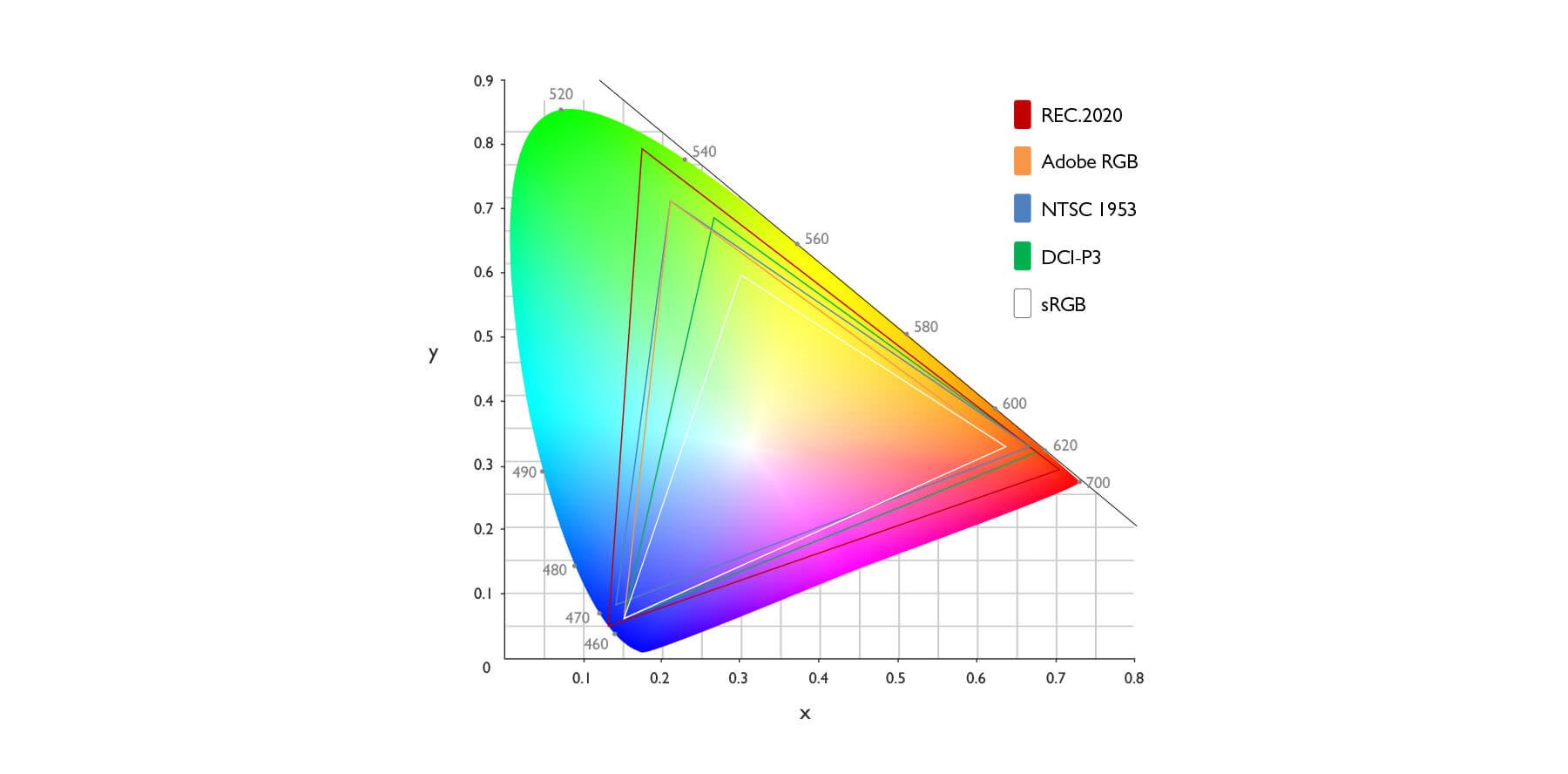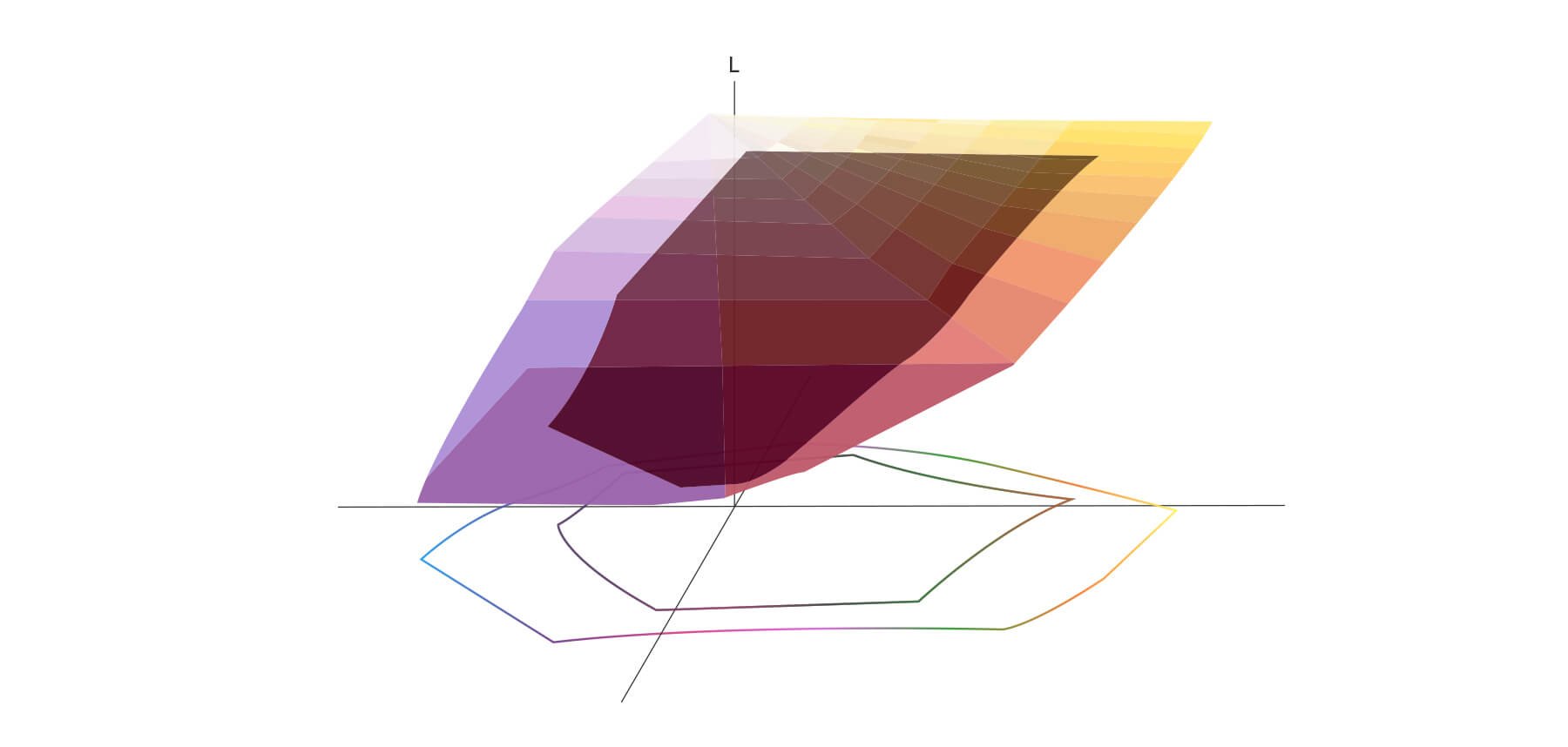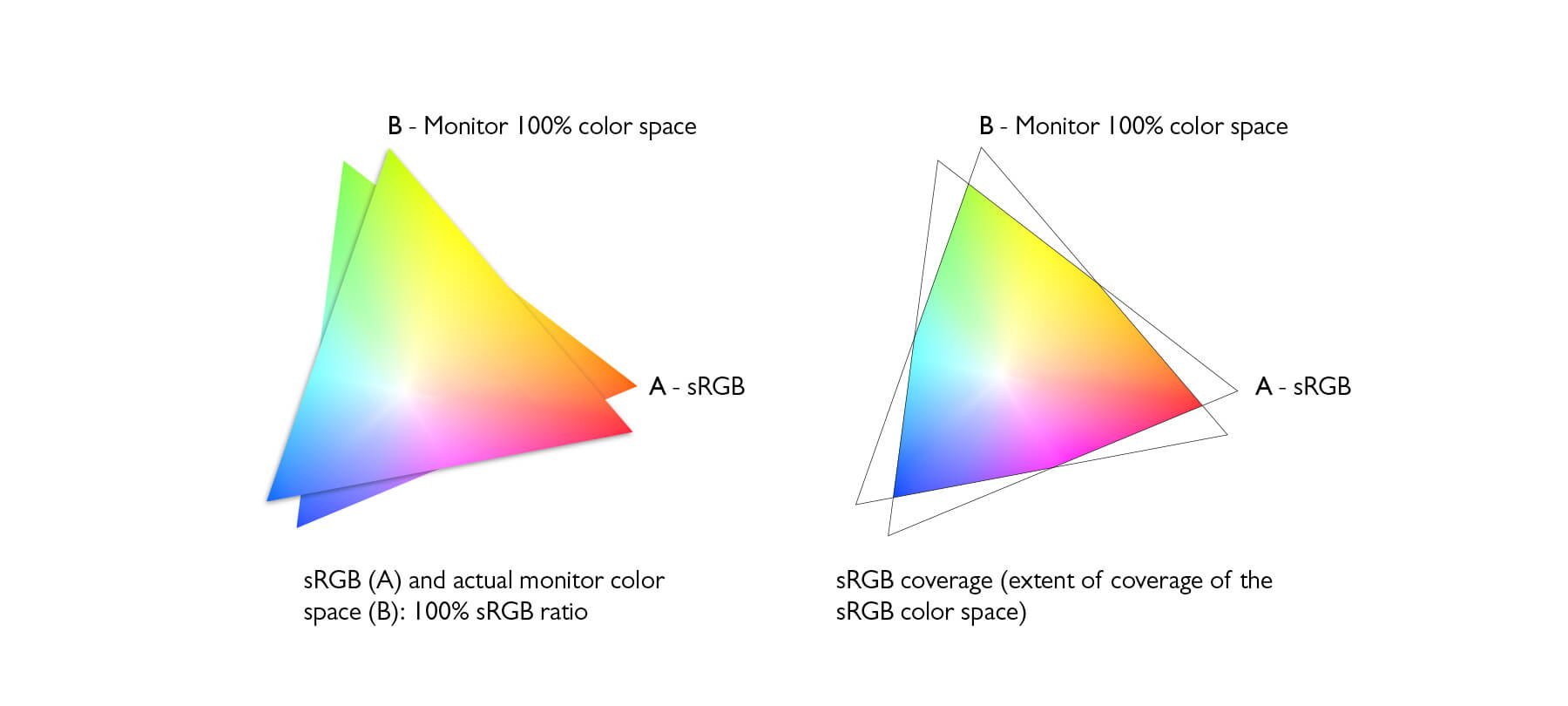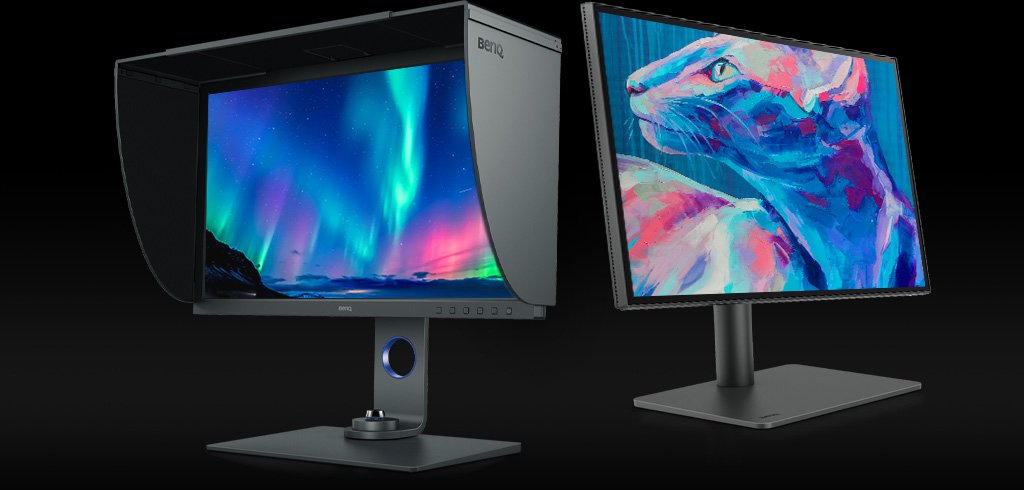Proiectoare
Toate seriile
Dupa caracteristici
Jocuri casualDupă cuvinte în trend
4K UHD (3840×2160) Proiecție apropiată Ajustare 2D. keystone verticală/orizontală LED Laser Cu Android TV Cu întârziere redusă la semnal intrareBusiness Projector
Proiector pentru sala de şedinţe Proiectoare profesionale Proiector simulator de golf
Monitoare
Remote Work & Learning
Explore Docks and Hubs
USB-C Hybrid Dock



